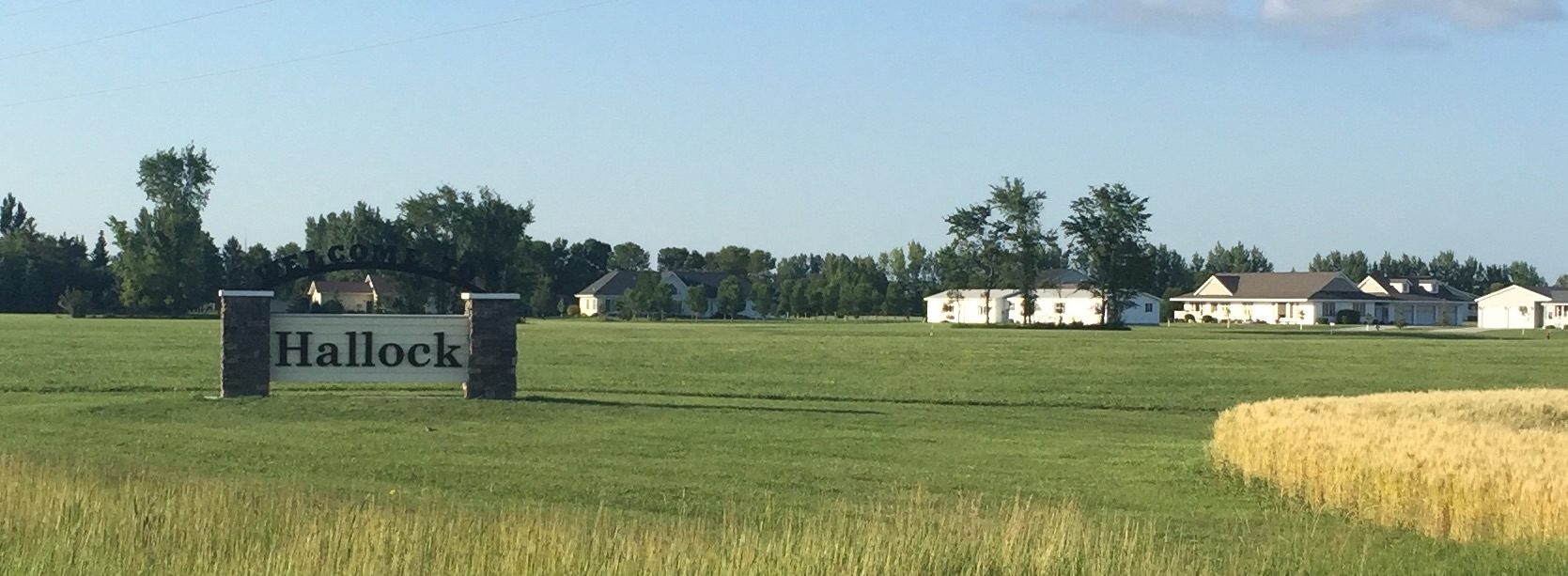Several years ago community leaders in Hallock began talking about how to revitalize the downtown and attract new businesses and residents to the county seat of Kittson County, in the farthest northwest corner of Minnesota, and home to Kittson County Central Schools. It eventually led to securing a state grant to hire an advertising agency to brand the town.
Bob Jaszcak, superintendent of Kittson County Central, was in the original group that began these conversations looking at housing, retail, and other businesses, and possible business locations. With a state grant, the group engaged Bodega Ltd. Bodega spent time experiencing the town, speaking to members of the community and conducting survey to uncover the essence of Hallock. Read the Star Tribune story.
“We are under crowded here and need to get that message out,” Jaszcak said. “If you are sick of traffic in LA, [we need] a way people can make a living in Hallock.”
The town unveiled the new branding in conjunction with the all-school reunion in June. For the reunion and branding campaign, teachers and a student who operated a drone put together a video on Hallock and the school with statistics on test scores and student-teacher ratios. It ran continuously on a loop for the reunion, and “got a lot of positive responses,”Jaszcak said.
“A Rural Penalty”
The largest barrier to growth is a shortage of housing. It comes before the lack of day care and a lack of variety of employment availabilities. Superintendent Jaszcak described it as a “rural penalty.” A stick built house costs about the same in Hallock, population 981, as a city, but because of location is worth 20 percent less.
If three comparable sales can be found to assess the house by current mortgage rules, the assessment will be roughly 80 percent of the cost. The mortgage can only be 80 percent of the assessed value, so a potential builder needs 40-50 percent down for a conventional mortgage. “The last home built in Hallock was in 2014, and the buyer paid cash,”Jaszcak said.
The housing crash in 2008 worsened the problem. The local bank used to do 70-80 percent of the mortgages and now does less than 10 percent. “They went way overboard [with regulations] after the crash, and this is a problem up and down the west side of Minnesota,” Jaszcak said.
As a result of the lack of new housing and growth, “over my eleven years here, the school enrollment drops every year, from 280 down to 225 now,”Jaszcak said.
Despite this critical rural housing conundrum, Jaszcak would recommend this branding process to other communities. “It has been very good. It’s gotten people talking and thinking. Even if we are not on the same page [on specifics], everyone recognizes that something needs to happen,” he concluded.





